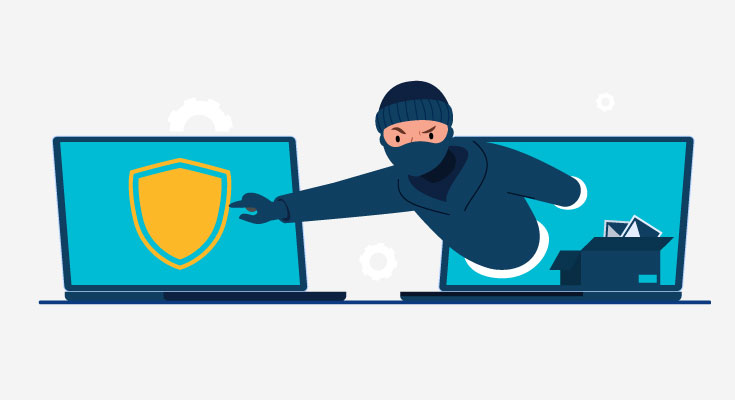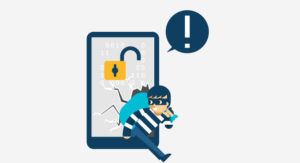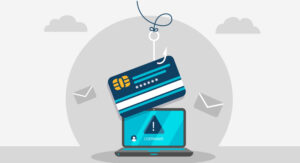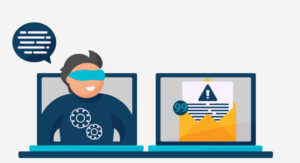5 Best Ways to Protect Businesses From Cyber Attacks

Businesses of all kinds have an obligation to try and protect their users. Protecting users from cyber attacks is a responsibility that every single business has to take on. Your existing and new customers need to know the best practices they can follow to stay protected. With bad actors becoming more and more creative, you need to be more vigilant and teach your customers to protect themselves from cyber-attacks.
In this guide, we’ll outline the best 5 ways to protect users from cyber attacks. Let’s dive in.
Best Cyber Security Practices
Even the smallest of mistakes can cost you very dearly if you don’t pay attention online. There are some basic things organizations can do to protect their users and their data. If a hacker or bad actor can gain access to confidential information, it can cost your business millions of dollars. Here’s how to stay safe online:
1. Learn How to Detect Attacks
Cyber attacks can come in any shape and size. They can be in the form of phishing, ransomware, or pretexting. Out of all these attacks, social engineering attacks are the most dangerous and hardest to figure out. Organizations should have the ability to detect them as soon as possible.
Every single member of your organization should learn how to detect social engineering attacks. Anyone who clicks on the wrong link or sends personal information to the wrong person is an invitation to a data breach.
Here are some of the most common methods used by bad actors during social engineering attacks:
- Requests for the user or shared credentials
- Request for financial or contractual information
- Requests for user personal information
- Unusual or suspicious links and files
- Unusual or suspicious phone calls
2. Educate Users about Devices
To protect your users from cyber attacks, you need to educate them on some things. It helps in ensuring that every member of your organization is aware of the best practices to protect themselves. Businesses should also hold seminars after employee onboarding to prevent cyber attacks.
Whenever your employees leave their desks, they should always lock their devices. Also, setting up personal passwords goes a long way in fraud prevention. You should educate users and refrain from using third-party apps that aren’t trusted.
3. Multi-Factor Authentication and Password Management
If you’re storing user data, and your users can log in to your website, then it’s essential to use multi-factor authentication methods. While a password helps in protecting you, MFA just adds another layer of security for the users and the businesses.
Make sure that all the employees and users change the default passwords as this is one of the biggest ways people get exploited. Also, never ever share passwords. MFA is a key to securing your devices and systems, as it forces the user to verify their identity. As the user has to provide a unique numerical code after entering the username-password, it prevents the risk of credential stealing.
4. Keep Up With Software and Hardware Practices
Software and hardware physical security practices can help ensure that you’re doing all that you can to keep your business secure. It can be anything, from using built-in defense functions or regularly updating software and hardware.
Choosing systems with built-in layers of defense boosts your organization’s cybersecurity the minute they’re running. There are endless solutions containing built-in security functions including data encryption and endpoint protection, these obstacles make it harder for bad actors to access your systems.
When it comes to software updates, most businesses and users ignore their importance. Prioritize updating the software and firmware on all the devices, as this allows them to function at an ideal level.
5. Choose the Ideal Technology
Finding a technology provider that offers all the solutions you need, all the while operating while being transparent isn’t easy. It may take some time to decide which vendor is the right fit for your business.
Most vendors offer their customer hardening guides, these guides teach users how to keep their devices secure.
Choosing the ideal technology is crucial to a strong cybersecurity strategy. This also includes using the right technology for customer onboarding. DIRO online document verification technology can boost the onboarding process and eliminate the risk of fraud.
When you onboard the right type of users, you automatically reduce the risk of data breaches, account takeover fraud, and so much more.













